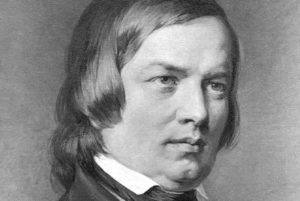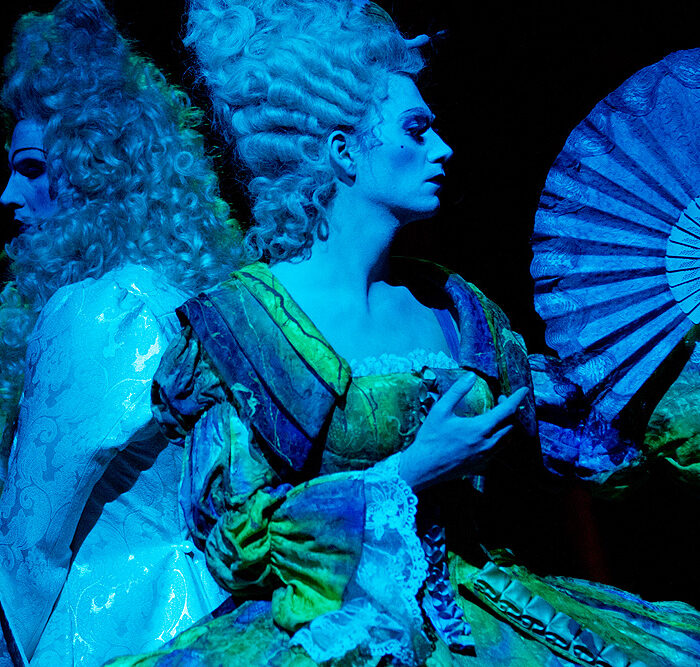
Opera Profile: Robert Schumann’s Lone Opera ‘Genoveva’
By David SalazarAmong the great works of the Romantic composer Robert Schumann, husband of the brilliant composer Clara Schumann, are the composer’s many art songs, piano repertoire, quartets, trios, and song cycles.
But few know that the composer also created an opera of his own. ‘Genoveva‘ premiered on June 25, 1850 at the Leipzig Altes Theatre and has never had a long fate on the operatic stage. Though it has garnered some reconsideration in recent years, the opera still remains a rather obscure chapter in the history of German opera.
The Plot’s Summary
For the opera’s narrative, Robert Schumann looked towards the mythological story of Genevieve of Brabant, itself a mythological extension of real-life 13th century Duchess of Bavaria Marie of Brabant. As the famed story goes, she was accused of unfaithfulness to her husband and Duke of Bavaria, Louis “the Strict” II. However, it is revealed only after her beheading in January 18, 1256, that she was in fact innocent of all wrongdoing, and as a result Louis has been forced to do penance for his accusations.
This, of course, is the true telling of events. In the illustrated version, emanating from the cult of St. Genevieve, patron Saint of Paris, Genoveffa (or Genevieve) is accused of infidelity against palatine (high-level court official) Siegfried of Treves by majordomo (lead servant) Golo. She is sentenced to death but escapes and lives in caves, fed only by the aid of a roe deer. Soon enough, Golo is revealed to be guilt of his treachery by Siegfried and Genoveffa is returned to her duties.
In Schumann’s opera, this story is expanded a bit and material is added to soften out the edges. To fill out the libretto, two plays, 19th German playwrights Ludwig Tieck’s ‘Leben und Tod der heiligen Genoveva (Life and Death of Saint Genoveva),’ and Christian Friedrich Hebbel’s ‘Genoveva’ were used to form Schumann’s understanding.
The opera is organized into four acts, and opens with Hidulfus, Bishop of Trier, who calls Count Brabant’s knights to work with (real-life figure) 7th century Frankish military leader and politician Charles Martel on his crusade. To prepare for this, Brabant leaves Genevieve in the hands of Golo. However, what the Duke doesn’t know is that Golo is heavily attracted to his wife. He gets unsurprisingly rejected, and as punishment, he stages an elaborate scheme with Drago, an old steward, to act as if she has been unfaithful.
Drago is eventually killed by the other servants due to their rage at catching Genevieve and she is taken prisoner for her supposed crime. When the Duke returns, his court is in shambles. Drago’s ghost manifests in front of servant Margareta begging her to reveal the plot lest she dies. Finally, Act 4 sees the final conclusion of these different lines with a mute and deaf boy who helps Siegfrid become aware of the plot against his Duchess. He restores Genevieve’s honor and she is once again clean in the eyes of society of any wrong doing.
Listen
Given the rather rare nature of the piece, it’s no surprise that there is really only one full recording available on YouTube, the Zurich Opera House taking the cake for that.
But as noted earlier, there has been a general reevaluation of the work by major figures and the opera has been recorded a number of times.


